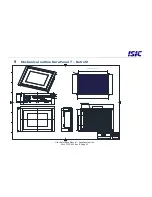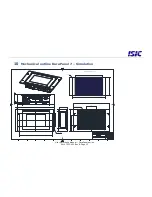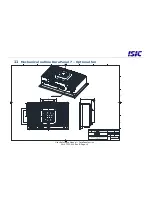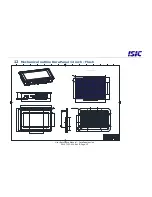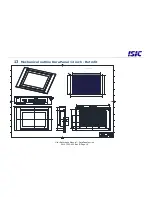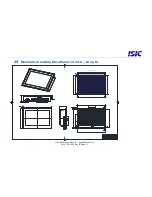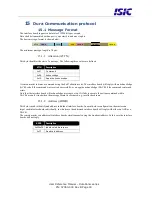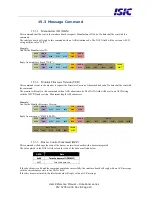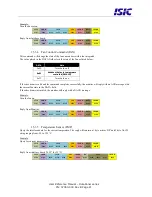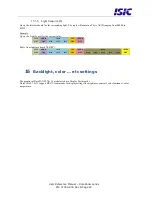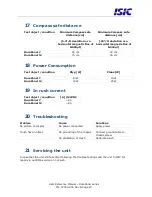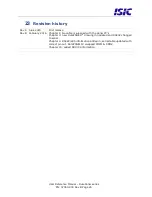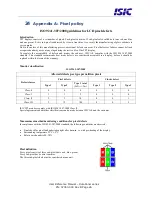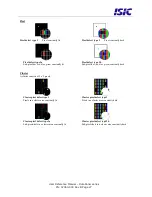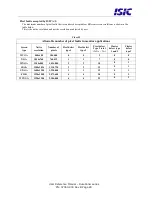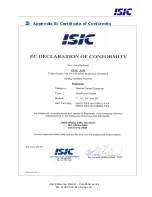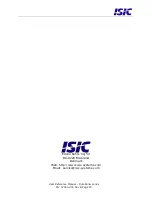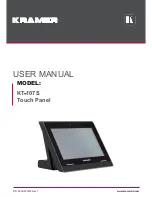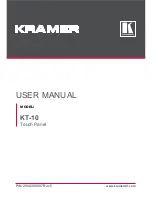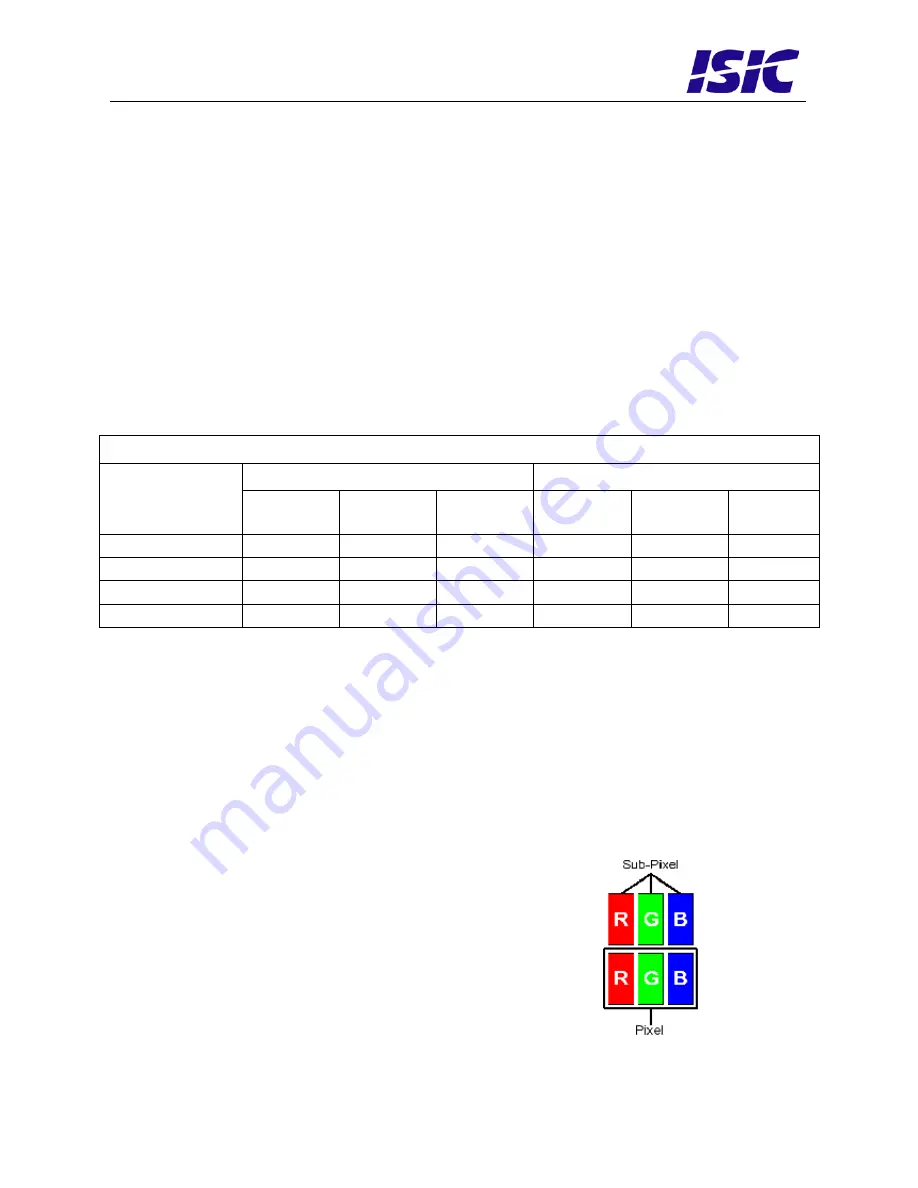
24
Appendix A: Pixel policy
ISO 9241-307:2008 guidelines for LCD pixel defects
Introduction
TFT displays consist of a set number of pixels. Each pixel consists of 3 sub-pixels also called dots (one red, one blue
and one green). Every sub-pixel is addressed by its own transistor. As a result, the manufacturing of glass substrate is
very complex.
Due to the nature of this manufacturing process, occasional defects can occur. Pixel defects or failures cannot be fixed
or repaired and may occur at any stage during the service life of the TFT display.
To regulate the acceptability of defects and protect the end user, ISIC A/S complies with the ISO 9241-307:2008
standard. This standard recommends how many defects are considered acceptable in a display, before it should be
replaced within the terms of the warranty.
Monitor classification
ISO 9241-307:2008
Allowed defects per type per million pixels
Defect classes
Pixel defects
Cluster defect
Type 1
Type 2
Type 3 total
(2xN
3a
+ N
3b
)
Type 1
Type 2
Type 3
Class: 0
0
0
0
0
0
0
Class: I
1
1
5
0
0
0
Class: II
2
2
10
0
0
1
Class: III
5
15
100
0
0
5
ISIC TFT monitors comply with ISO 9241-307:2008
Class II.
Special agreements about other classifications can be made between ISIC A/S and the customer.
Measurement method/monitoring conditions for pixel defects
In compliance with the ISO-9241-307:2008 standard, the following conditions are observed:
•
Final check for pixel fault undertaken right after burn-in, i.e. with pre-heating of the display.
•
Surrounding temperature 25ºC ± 5ºC
•
Relative air humidity 40–70%
Pixel definition
Every pixel consists of three sub-pixels/dots (red, blue, green).
Every sub-pixel has its own transistor.
The three sub-pixels/dots must be considered as one unit.
User Reference Manual – DuraPanel series
PN: 07353-000 Rev B Page 26

